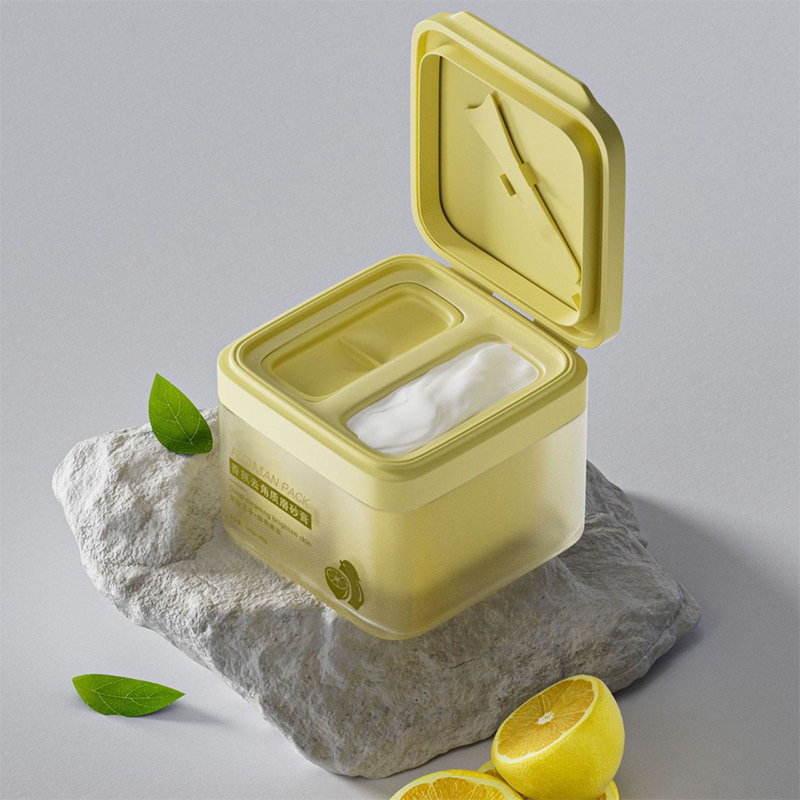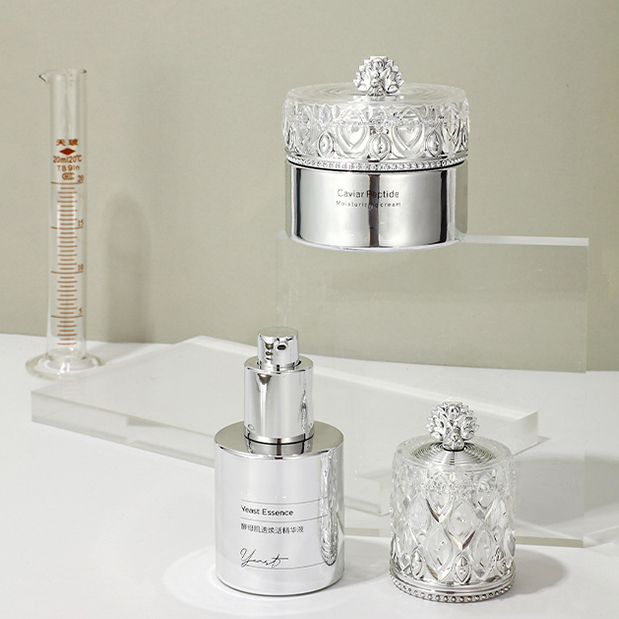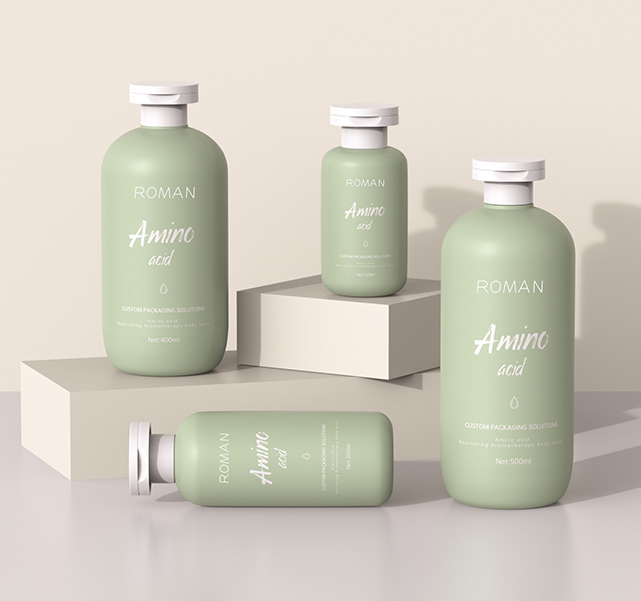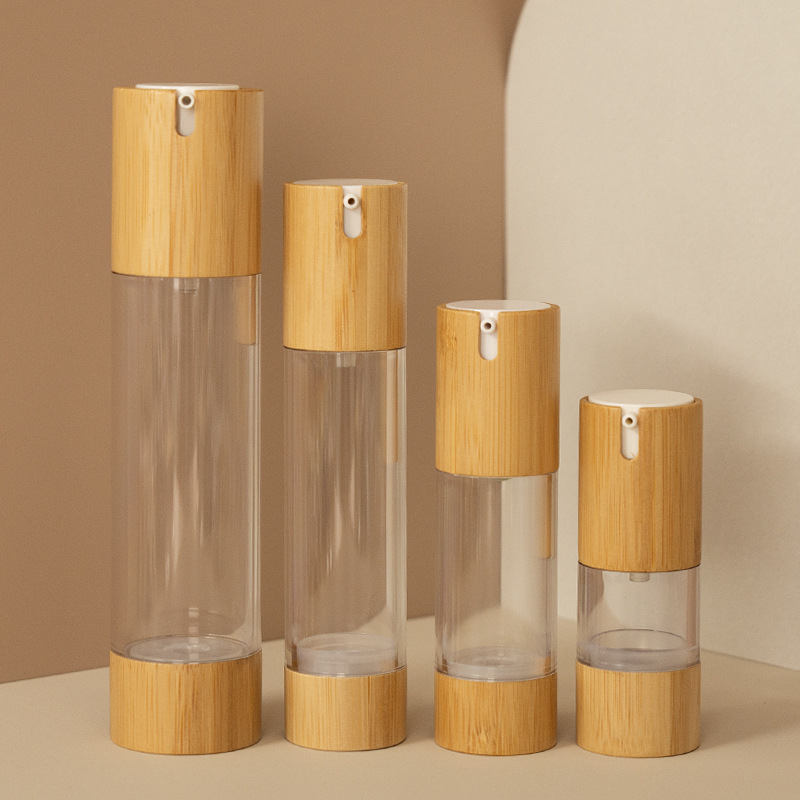1. What Are PCR Bottles?
PCR (Post-Consumer Recycled Plastic) refers to recycled plastic made from post-consumer waste (e.g., beverage bottles, cosmetic packaging) that is collected, cleaned, and reprocessed. PCR bottles are packaging containers manufactured using this material and are widely used in skincare and cosmetics.
2. Environmental Benefits of PCR Bottles
Reduces Plastic Pollution: Decreases reliance on virgin plastic and minimizes landfill/incineration waste.
Lowers Carbon Emissions: PCR plastic has a 30%-50% smaller carbon footprint compared to new plastic production.
Complies with Regulations: The EU, U.S., and China are progressively mandating higher PCR content in packaging (e.g., EU requires 30% by 2030).
Enhances Brand Image: Meets consumer demand for sustainability and strengthens corporate ESG (Environmental, Social, and Governance) performance.
3. Applications in Skincare Packaging
① Material Types
-
rPET (Recycled Polyester): High clarity, commonly used for transparent bottles (e.g., serums, toners).
-
rPP/rPE (Recycled Polypropylene/Polyethylene): Flexible and durable, ideal for cream jars and body wash bottles.
-
Hybrid PCR Materials: Some brands blend PCR with bio-based plastics (e.g., PLA) to improve biodegradability.
② Use Cases
-
Luxury Skincare Brands: L'Oréal, Estée Lauder have launched packaging with 30%-50% PCR content.
-
Clean Beauty Brands: REN, Aveda promote 100% PCR packaging.
-
Mass Market: Unilever and P&G are adopting PCR for affordable lines (e.g., Dove, Olay).
4. Technical Challenges & Solutions
Challenge 1: Material Purity & Safety
-
Issue: Recycled plastic may contain contaminants (e.g., ink, additives).
-
Solution: Use food-grade PCR (strictly cleaned and filtered) with FDA/EFSA certification.
Challenge 2: Color & Clarity Limitations
-
Issue: rPET may appear yellowish or hazy.
-
Solution: Add colorants or use layered designs (e.g., PCR outer layer + virgin plastic inner layer).
Challenge 3: Supply Chain Stability
-
Issue: PCR supply depends on recycling infrastructure.
-
Solution: Partner with recycling specialists (e.g., Terracycle, Veolia) to establish closed-loop systems.
5. Industry Benchmark Cases
-
L'Oréal: Aims for 50% PCR or bio-based materials in all plastic packaging by 2025.
-
Shiseido: Launched a sustainability line with "100% PCR bottles + refills."
-
The Body Shop: Collaborates with communities to collect plastic for Fair Trade PCR packaging.
6. Future Trends
-
High-Percentage PCR: Technological advances may enable 100% PCR bottles (currently 30%-50%).
-
Advanced Recycling: Depolymerization techniques can enhance PCR purity to match virgin plastic.
-
Carbon Footprint Labeling: Brands may display PCR content and CO₂ reduction data for transparency.
Conclusion: PCR bottles are a crucial step toward a circular economy in skincare. Despite challenges, innovation and industry collaboration are making sustainable packaging mainstream. For technical details or supplier information, feel free to inquire!


 English
English Español
Español








